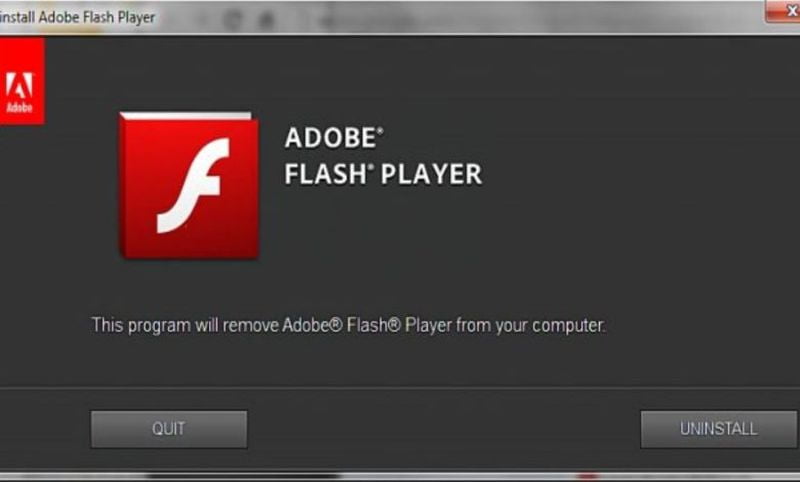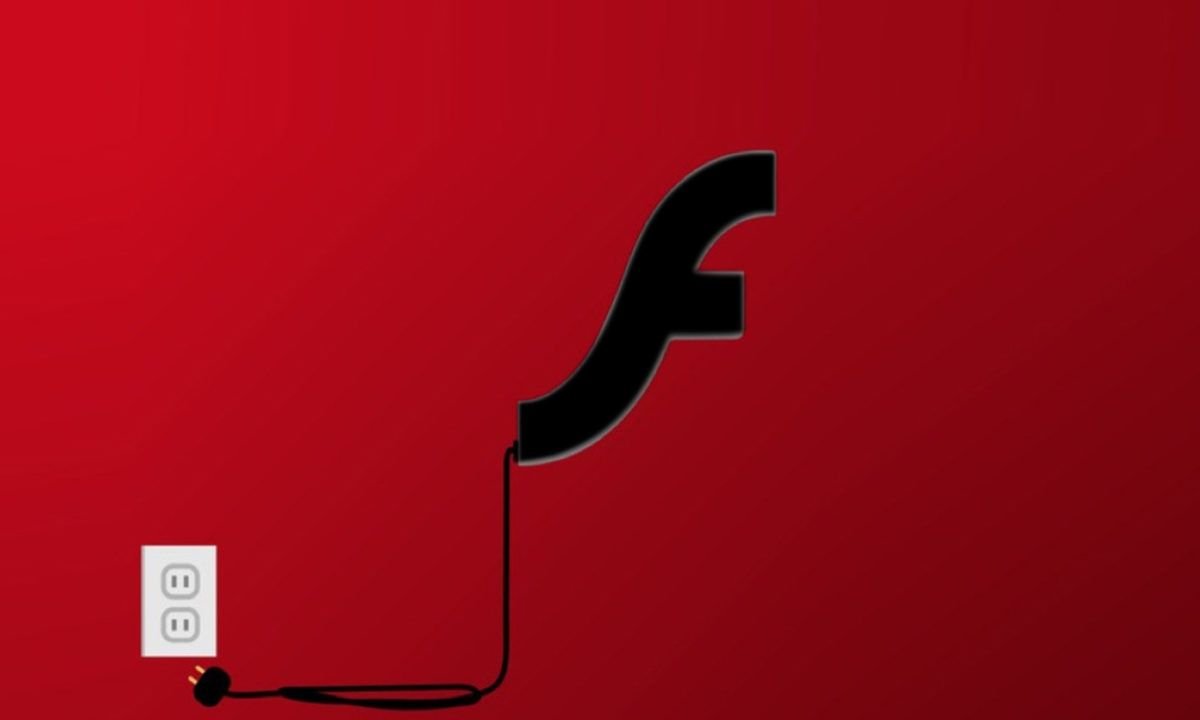Microsoft has detailed the roadmap to eliminate Adobe Flash in Windows 10. Something that will happen automatically and compulsorily from July 2021. Considering that Windows 10 is installed on 1.3 billion devices, it will be the definitive goodbye.
Adobe Flash, the multimedia player and plug-in that has been used for decades to add multimedia content to the Web and the necessary advertising that has been the lifeblood of millions of pages, is today more dead than alive. Its multiple vulnerabilities have made it a major recipient of malware and critical flaws have been recorded consecutively, allowing the creation of exploits that have been widely exploited in cyber attacks.
All the major technology companies have been working for some time on migration programs to other more secure, modern, and open formats such as HTML5. Microsoft detailed in September its plans to permanently remove Flash Player from its operating systems and if you follow us regularly you would already see a practical article in which we told how to remove Adobe Flash on Windows 10 and all systems. Simply at the click of a button:
- Access the Microsoft Update Catalog. Download the update KB4577586: “Adobe Flash Player Removal Update: October 27, 2020” for the operating system you are using.

Definitive goodbye to Adobe Flash in Windows 10
If the above requires manual action by users, the novelty now announced by Microsoft is that this same patch will begin to be distributed automatically. Starting in June 2021, Microsoft will include it in its cumulative updates for Windows 10 1809 and later versions. These updates will be released in the third and fourth weeks of June. It will also affect other systems such as Windows 8.1, Windows Server 2012, and Windows Embedded 8 Standard.
The next versions of Windows 10 will no longer include support for Flash. For users who install the Windows 10 May 2021 Update whose final version will be released this Mayor in June, the KB4577586 update will be installed automatically removing Adobe Flash Player completely without user intervention.





